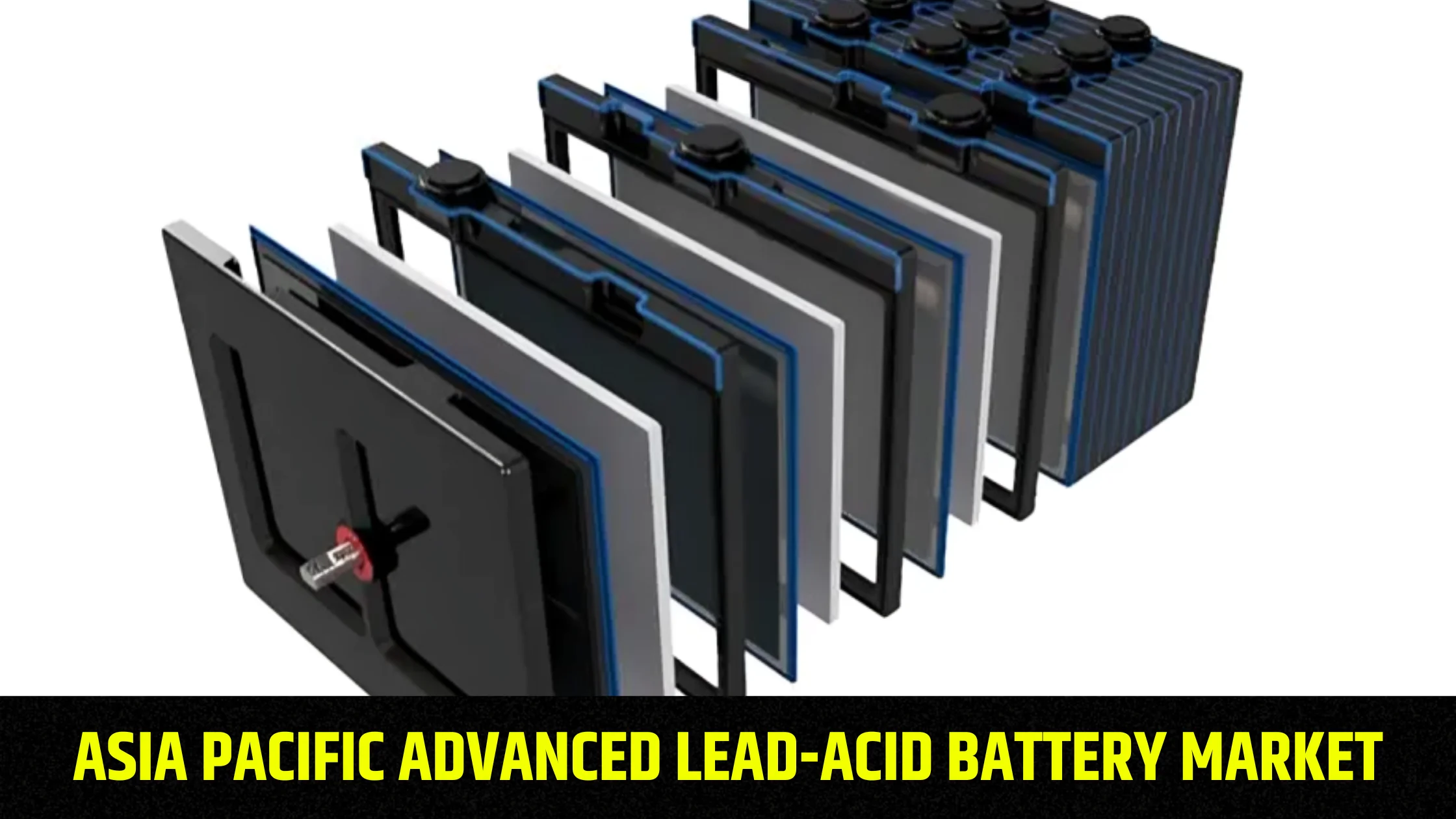Asia Pacific advanced lead-acid battery market will grow by 9.3% annually with a total addressable market cap of $226.71 billion over 2023-2032. The growth is driven by the rapid technological advancements, the increasing penetration of electric vehicles, and rising applications of advanced lead-acid battery in industrial, commercial, and residential sectors.
Highlighted with 28 tables and 36 figures, this 105-page report “Asia Pacific Advanced Lead-acid Battery Market 2022-2032 by Product Type (Motive, Stationary, SLI), Construction Method (Flooded, VRLA), Application (Transportation, Industrial, Utility, Commercial & Residential), and Country: Trend Forecast and Growth Opportunity” is based on a comprehensive research of the entire Asia Pacific advanced lead-acid battery market and all its sub-segments through extensively detailed classifications. Profound analysis and assessment are generated from premium primary and secondary information sources with inputs derived from industry professionals across the value chain. The report is based on studies on 2020-2022 and provides forecast from 2023 till 2032 with 2022 as the base year. (Please note: The report will be updated before delivery so that the latest historical year is the base year, and the forecast covers at least 5 years over the base year.)
In-depth qualitative analyses include identification and investigation of the following aspects:
• Market Structure
• Growth Drivers
• Restraints and Challenges
• Emerging Product Trends & Market Opportunities
• Porter’s Fiver Forces
The trend and outlook of Asia Pacific market is forecast in optimistic, balanced, and conservative view by taking into account of COVID-19 and Russia-Ukraine conflict. The balanced (most likely) projection is used to quantify Asia Pacific advanced lead-acid battery market in every aspect of the classification from perspectives of Product Type, Construction Method, Application, and Country.
Based on Product Type, the Asia Pacific market is segmented into the following sub-markets with annual revenue ($ mn) for 2022-2032 included in each section.
• Motive Batteries
• Stationary Batteries
• Starting-Light-Ignition (SLI) Batteries
Based on Construction Method, the Asia Pacific market is segmented into the following sub-markets with annual revenue ($ mn) for 2022-2032 included in each section.
• Flooded Batteries
• Valve-Regulated Lead-Acid (VRLA) Batteries
By Application, the Asia Pacific market is segmented into the following sub-markets with annual revenue ($ mn) for 2022-2032 included in each section.
• Transportation Batteries
• Industrial Batteries
• Utility
• Commercial & Residential
Geographically, the following national/local markets are fully investigated:
• Japan
• China
• South Korea
• Australia
• India
• Rest of APAC (further segmented into Malaysia, Singapore, Indonesia, Thailand, New Zealand, Vietnam, Taiwan, and Philippines)
For each key country, detailed analysis and data for annual revenue ($ mn) are available for 2022-2032. The breakdown of national markets by Product Type, Construction Method, and Application over the forecast years are also included.
The report also covers the current competitive scenario and the predicted trend; and profiles key vendors including market leaders and important emerging players.
Selected Key Players:
Amara Raja Batteries Ltd.
Banner Batteries
Camel Group Co., Ltd.
Chaowei Power Holdings Limited
Clarios (Formerly Johnson Controls International PLC)
Coslight Technology International Group Co., Ltd.
Crown Battery
CSB Energy Technology Co., Ltd.
East Penn Manufacturing Company
EnerSys
Exide Industries Ltd.
Fiamm Energy Technology S.P.A.
First National Battery
Gridtential Energy, Inc.
GS Yuasa Corporation
Leoch International Technology Limited Inc.
Narada Power Source Co., Ltd.
Samsung SDI Co., Ltd.
Tesla Inc.
The Furukawa Battery Co., Ltd.
TianJin Lishen Battery Joint-Stock Co., Ltd.
Tianneng Battery Group Co., Ltd.
Trojan Battery Company
VARTA AG
Zhejiang Narada Power Source Co., Ltd.
(Please note: The report will be updated before delivery so that the latest historical year is the base year, and the forecast covers at least 5 years over the base year.)

